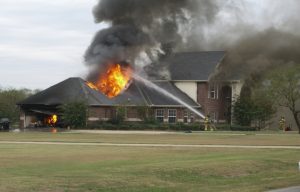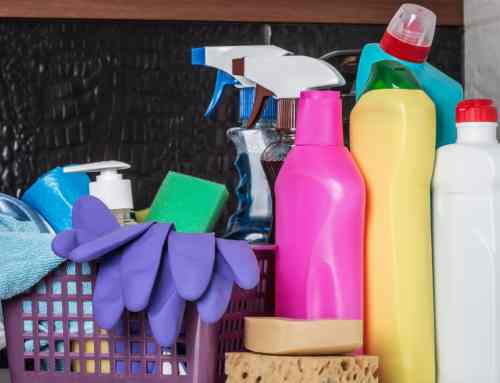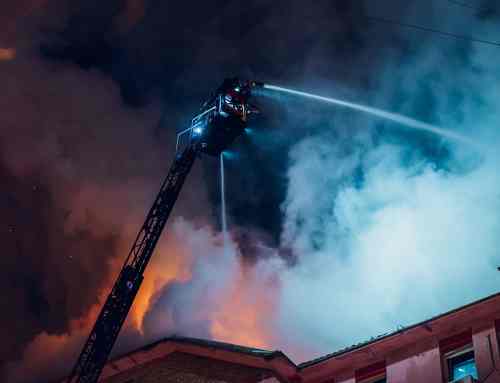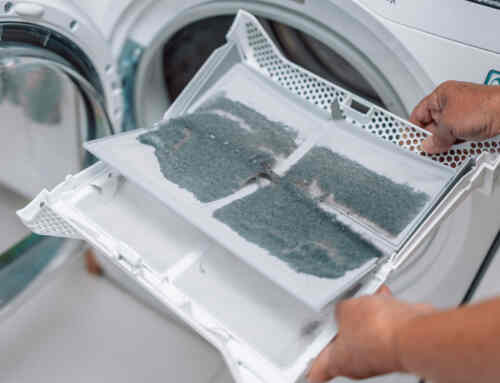Home Fire Safety Guide
 Fires can take place anytime. They can start with a candle or cigarette or even a space heater. It is important to take precautions at all time to protect your home from a fire. Our Home Fire Safety Guide and Tips in this article can help you avoid home fires.
Fires can take place anytime. They can start with a candle or cigarette or even a space heater. It is important to take precautions at all time to protect your home from a fire. Our Home Fire Safety Guide and Tips in this article can help you avoid home fires.
You think it will never happen to you, but it makes sense to be prepared. The most important thing you can do is to have working smoke detectors on every level of your home. An early warning is your best defense against a house fire.
Taking the right steps in the event of a house fire could save your home and even your life. Make sure that all adults and older children understand how to RACE and PASS if there is a fire. This doesn’t mean RACE around the house in a panic and PASS your spouse on your way out the door! RACE and PASS are simply memory aids for what you should do in case of a fire.
R.A.C.E.
R is for Remove. Remove all occupants from the area of the fire.
A is for Alert. Alert the authorities; call 911.
C is for Contain. Close windows and doors to contain and smother the fire.
E is for Extinguish or Evacuate.
Which one? That depends on the stage of the fire. A house fire goes through 4 stages:
Stage 1: Incipient. The fire is just starting and there is a good chance of extinguishing it.
Stage 2: Growth. The fire spreads to other combustible materials. You should evacuate.
Stage 3: Developed. The hottest, most deadly stage; evacuation is your primary objective.
Stage 4: Decay. The fire is running out of fuel or oxygen but still smolders; a deadly backdraft is possible.
If the fire is beyond the incipient stage and spreading rapidly, you should evacuate and let the fire department handle it. If you are confident that you can safely extinguish the fire, do so only after you have gotten people out of the area, called 911 and contained the fire if possible. Make sure you have an escape route. Then use a portable fire extinguisher to put out the fire using the PASS method.
P.A.S.S.
P is for Pull. Pull the pin out of the handle.
A is for Aim. Aim the nozzle at the base of the fire.
S is for Squeeze. Squeeze the handle to discharge the extinguisher.
S is for Sweep. Sweep from side to side at the base of the fire.
Keep portable fire extinguishers in strategic locations of your home such as the kitchen, utility areas, garage and storage rooms.
After a home has suffered even a small fire, proper cleanup needs to be done. There may be fire extinguisher residue, charred materials and smoke residue to clean up. Water-damaged contents, floors, walls and structural materials need to be dried and cleaned. Strong, lingering odors often require a combination of techniques for successful treatment.
Clean Pro will work directly with your insurance company to make sure your house is clean, dry and odor-free. We hope you never have to make that call, but if you do, we’ll be there to help.







